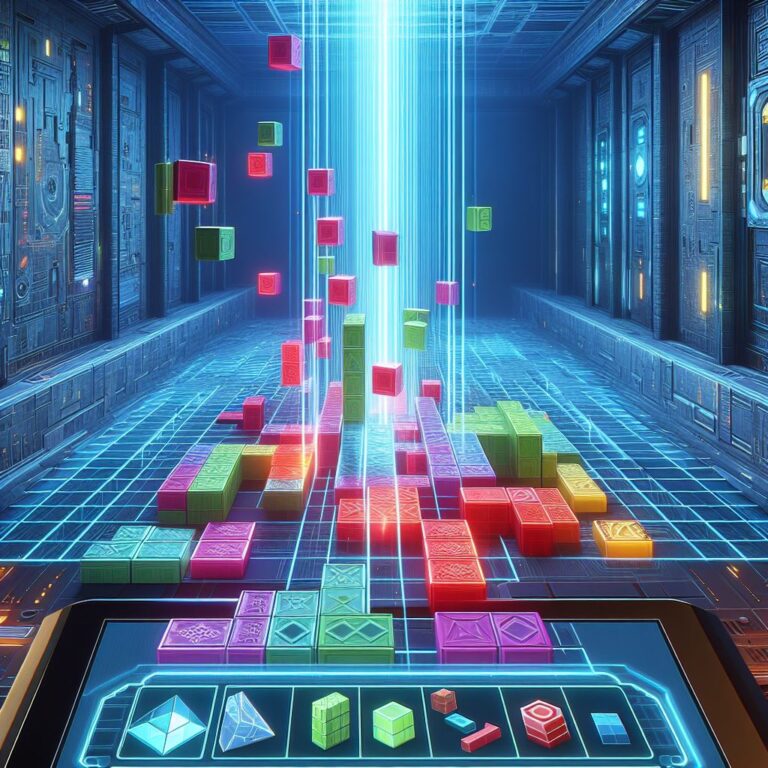Tetris, the iconic video game that has entertained millions since its inception, isn’t just about stacking blocks. Beneath its deceptively simple gameplay lies a fascinating connection to geometry and our ability to visualize and manipulate spatial objects.
The Game Mechanics
In Tetris, players arrange falling tetrominoes (shapes made up of four squares) to create complete horizontal lines. The game challenges players to think quickly and strategically as they rotate and shift these tetrominoes to fit into gaps. The more lines you clear, the higher your score.
Spatial Reasoning and Tetris
Research suggests that playing Tetris can enhance dynamic spatial reasoning. This cognitive skill involves mentally manipulating objects in space, understanding their orientation, and predicting their movement. When we rotate a tetromino to fit it into a gap, we’re engaging in spatial reasoning.
Beyond the Game: Transformational Geometry
Tetris introduces players to fundamental concepts in transformational geometry. Here’s how:
- Translation: Moving a tetromino horizontally or vertically corresponds to translation. Architects use translation to design buildings, animators apply it to create lifelike movements, and engineers employ it in optimization problems.
- Rotation: Rotating tetrominoes to fit them together mirrors geometric rotations. Think of a spinning top or a planet orbiting the sun. Calculus and physics rely on rotational transformations.
Applications in Real Life
Transformational geometry extends beyond Tetris:
- Architecture: Architects use translations and rotations to design structures that maximize space and aesthetics.
- Animation: Animators manipulate characters and objects by applying geometric transformations.
- Calculus: Derivatives involve rates of change, akin to rotating shapes.
- Optimization: Solving real-world problems often requires optimizing shapes within constraints.
Conclusion
Next time you play Tetris, appreciate its hidden geometry. As those tetrominoes fall, you’re not just stacking blocks; you’re honing your spatial reasoning skills and connecting with centuries-old mathematical concepts.
Check out more articles like this at News Archives – Topic In One Article
